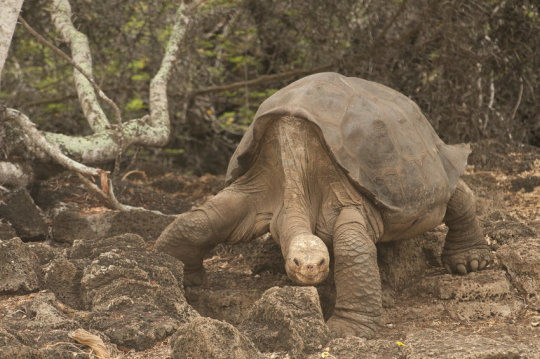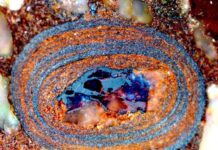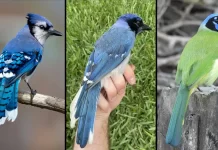[ad_1]
Lonesome George’s species may have died with him in 2012, but he and other giant tortoises of the Galapagos are still providing genetic clues to individual longevity through a new study by researchers at Yale University, the University of Oviedo in Spain, the Galapagos Conservancy, and the Galapagos National Park Service.
Genetic analysis of DNA from Lonesome George and samples from other giant tortoises of the Galapagos — which can live more than 100 years in captivity — found they possessed a number of gene variants linked to DNA repair, immune response, and cancer suppression not possessed by shorter-lived vertebrates.
The findings were reported Dec. 3 in the journal Nature Ecology & Evolution.
“Lonesome George is still teaching us lessons,” said Adalgisa “Gisella” Caccone, senior researcher in Yale’s Department of Ecology and Evolutionary Biology and co-senior author of the paper.
In 2010, Caccone began sequencing the whole genome of Lonesome George, the last of the species Chelonoidis abingdonii, to study evolution of the tortoise population on the Galapagos. Carlos Lopez-Otin at the University of Oviedo in Spain analyzed this data and other species of tortoises to look for gene variants associated with longevity.
“We had previously described nine hallmarks of aging, and after studying 500 genes on the basis of this classification, we found interesting variants potentially affecting six of those hallmarks in giant tortoises, opening new lines for aging research,” Lopez-Otin said.
Story Source:
Materials provided by Yale University. Original written by Bill Hathaway. Note: Content may be edited for style and length.
[ad_2]















